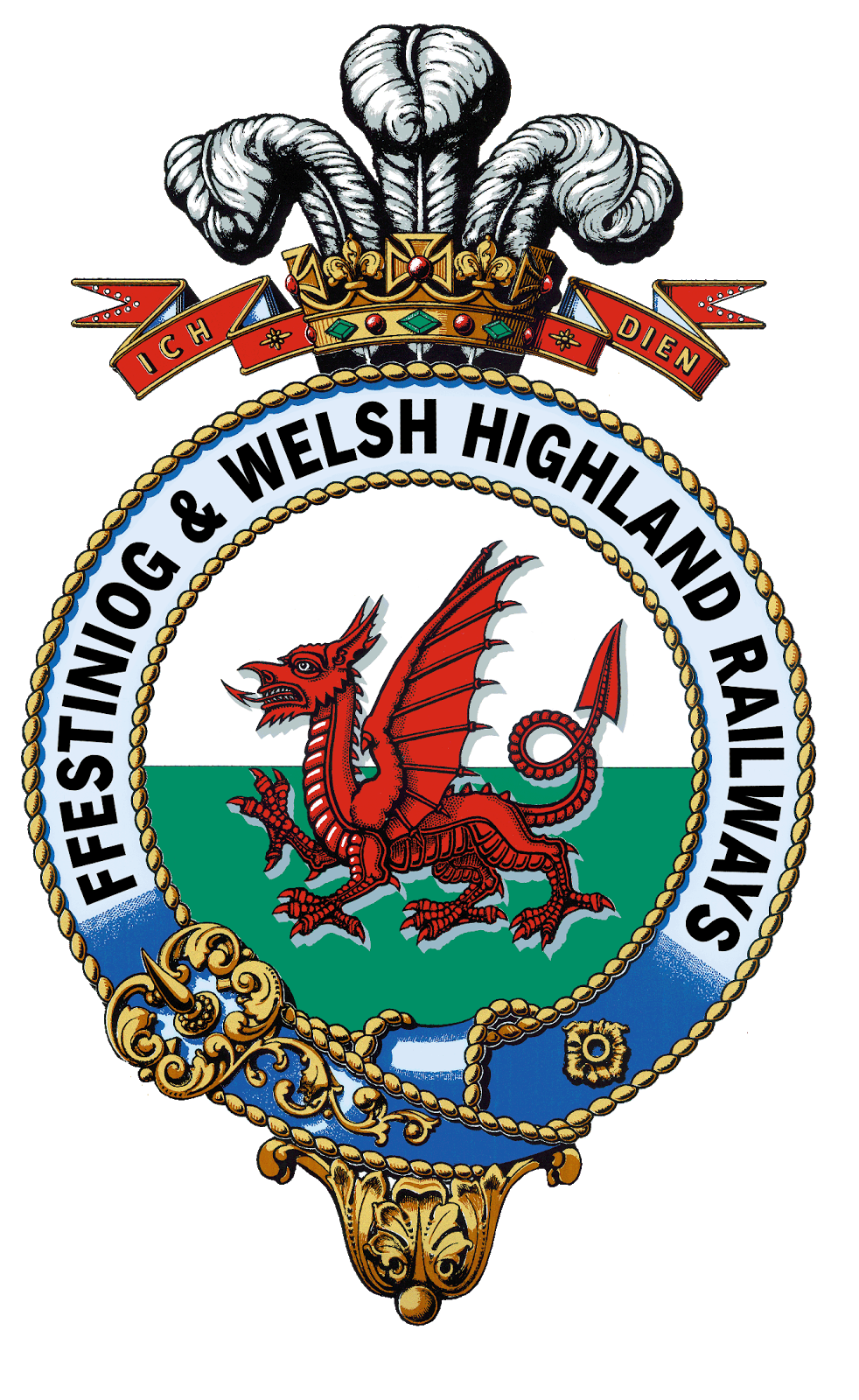The object of the exercise is to fix a thin strip, slightly thicker than the material the main bodyside is made from, around the inside edge of the windows.
In this example the carriage side is made from 0.20" styrene so I've used 0.10" x 0.30" strip for the rims.
First you want to get the strip to curl. I do this by pulling it between my thumb and forefinger, scraping the thumb nail against the underside of the strip.


Cut a section of your now curly strip and place inside the window aperture..

Hold it against one edge of the window frame (fine surgical tweezers are good for this) and apply solvent along the join, leaving it free at each corner.
Repeat this along another two sides...

When you get the bottom overlap the two ends of the strip and cut them so they will meet exactly. If you get a nice accurate cut you won't be able to spot the join on the finished model.

It is a tricky business, and when you first try it you might be wishing you had three hands, but the end result is worth the effort.
The final stage of the process is to use model filler to plug the gaps in each corner. (In this case I use that wonderful mid-Welsh product, Milliput) This is a side for FR carriage 116 I'm making.

Here's another example, on a bodyside for 'Carnforth' buffet carr 114.











































